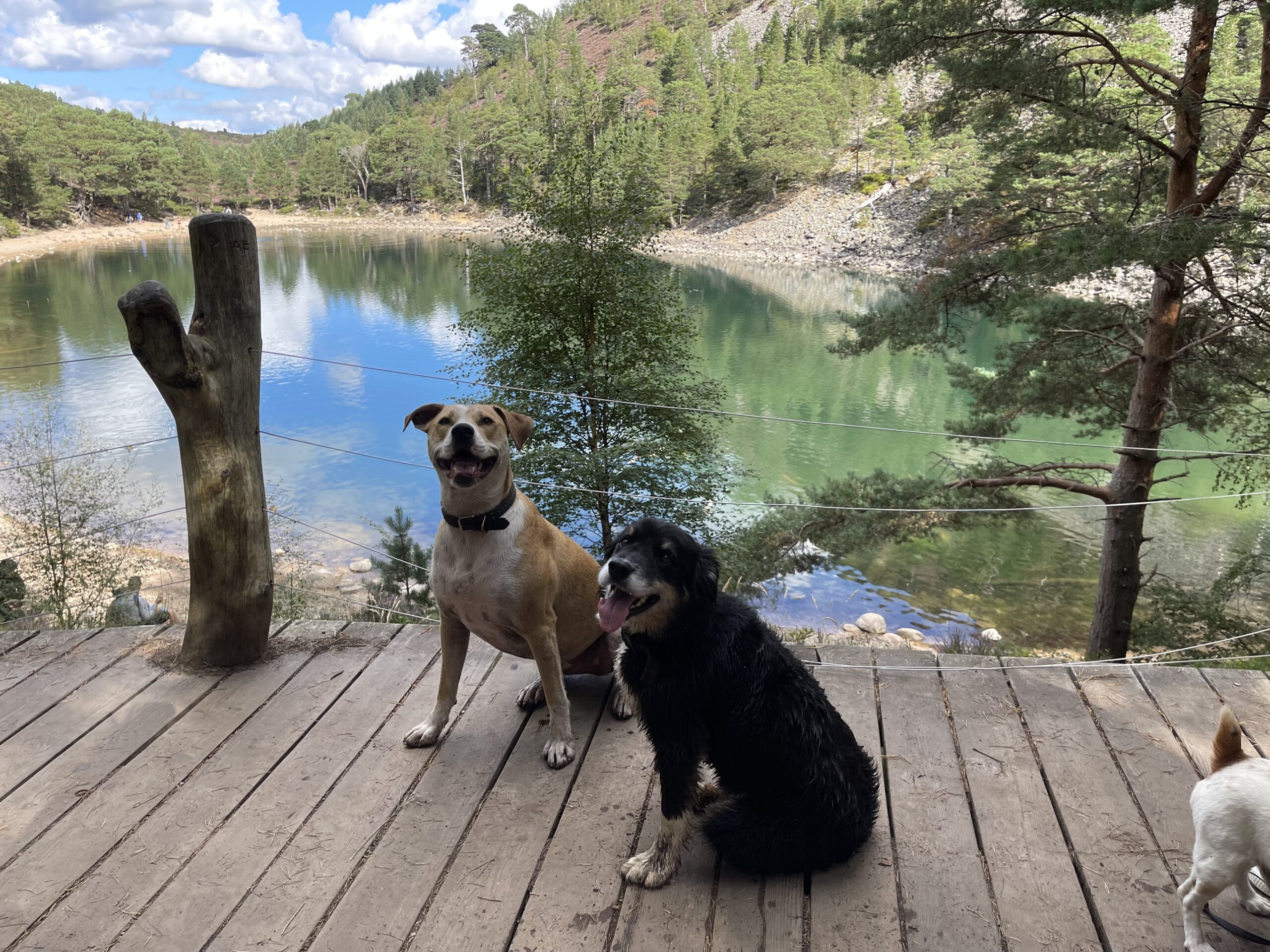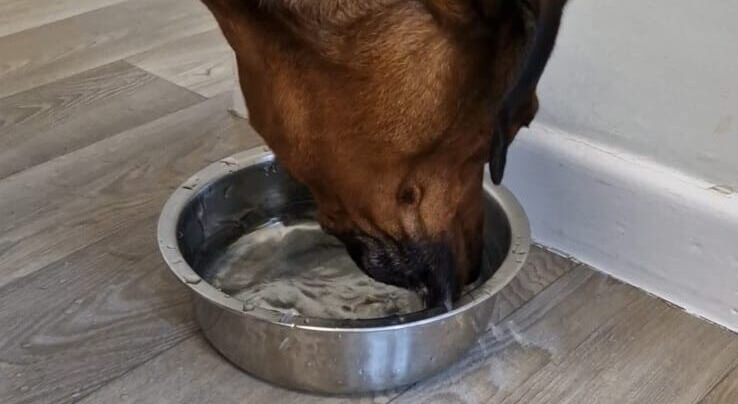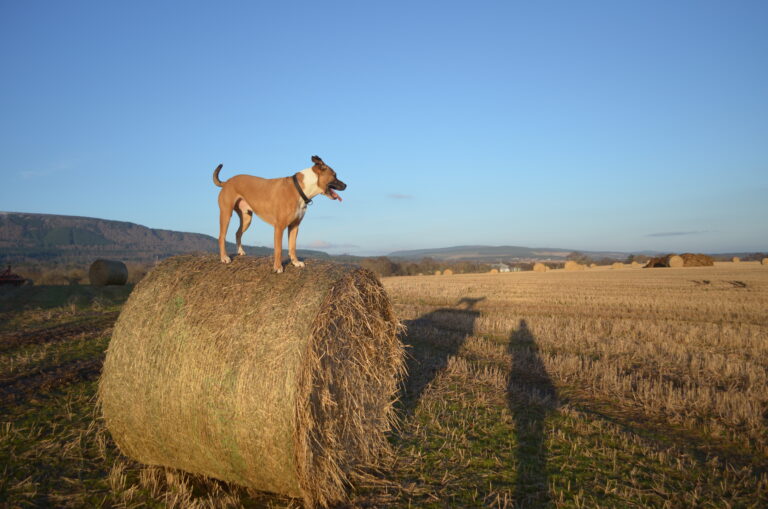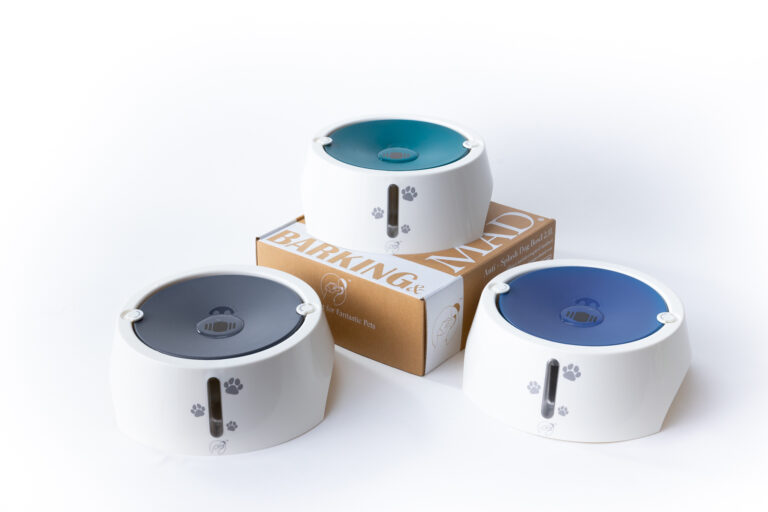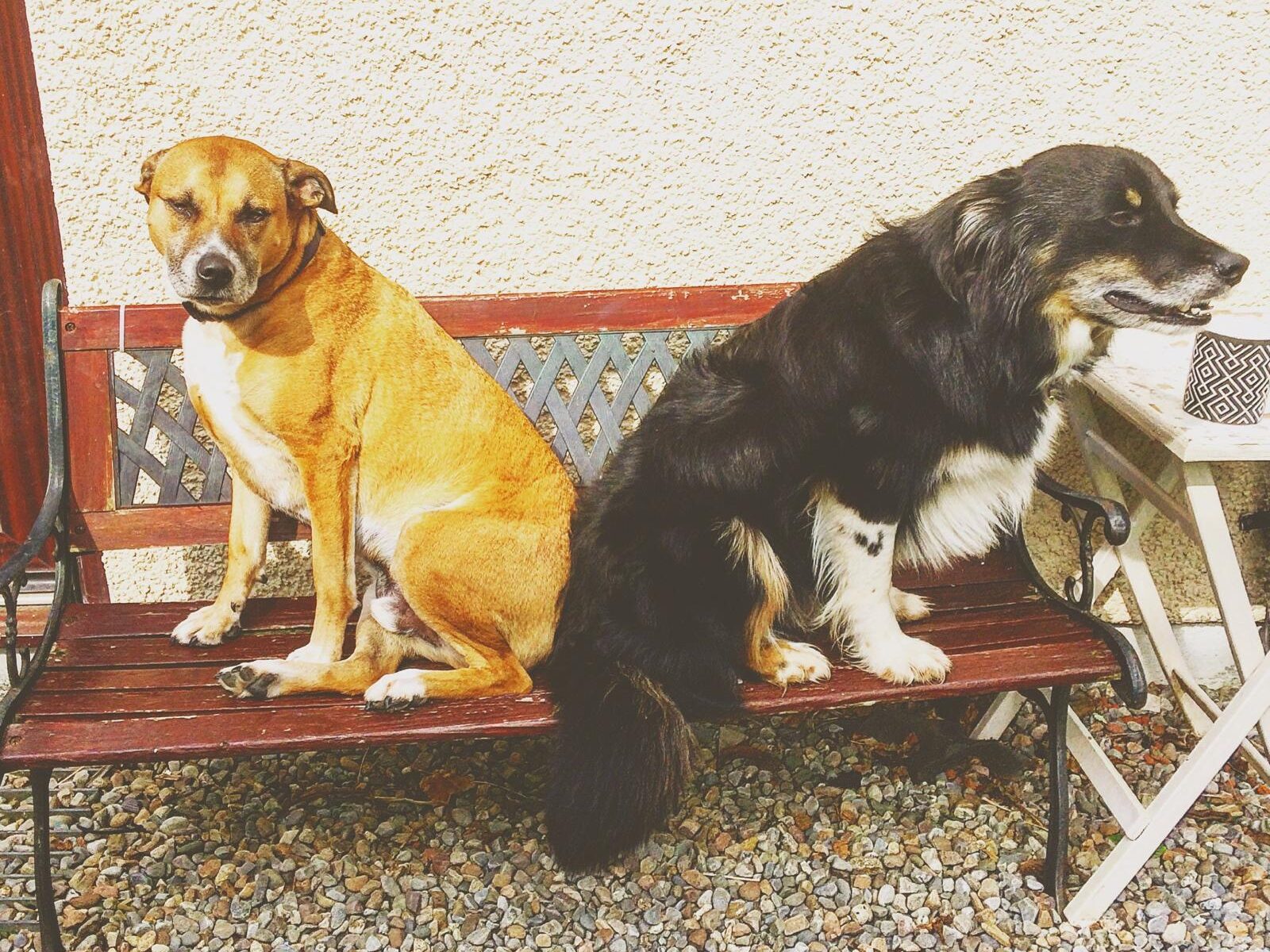
Why Is My Dog Afraid Of Other Dogs?
My Experience..
Picture this: you’re taking a relaxed stroll in the park with your dog. It’s a beautiful day! As you walk, your dog is sniffing around, wagging his tail. Then another dog appears. your dog stops dead in his tracks with his tail tucks between his legs and he starts to whine and pull away.
It’s a scenario many dog owners are all too familiar with. You’re left wondering, “Why is my dog afraid of other dogs?” This is a common problem and understanding why your dog is afraid can be the first step to helping him overcome it.
Your Dog’s Fear
Fear in dogs can come from many sources. Just like humans, dogs are a product of their experiences and environment. Here are some reasons why your dog might be afraid of other dogs:
Early Life
Puppies go through critical stages during their first few months. If they miss out on positive interactions with other dogs during this time they can develop social anxiety.
For example a puppy that wasn’t exposed to other dogs during their critical weeks might grow up to feel stressed in their presence. These early months are key to social development and a lack of interaction can create a fearful dog.
Take Dizzy, a Labrador mix adopted at 7 months old. His previous owners didn’t socialize him with other dogs. When his new family took her to a park, he was overwhelmed by the other dogs. He spent most of his time hiding behind his owners, clearly scared. Dizzy’s early life experiences had a big impact on his ability to interact with other dogs confidently.
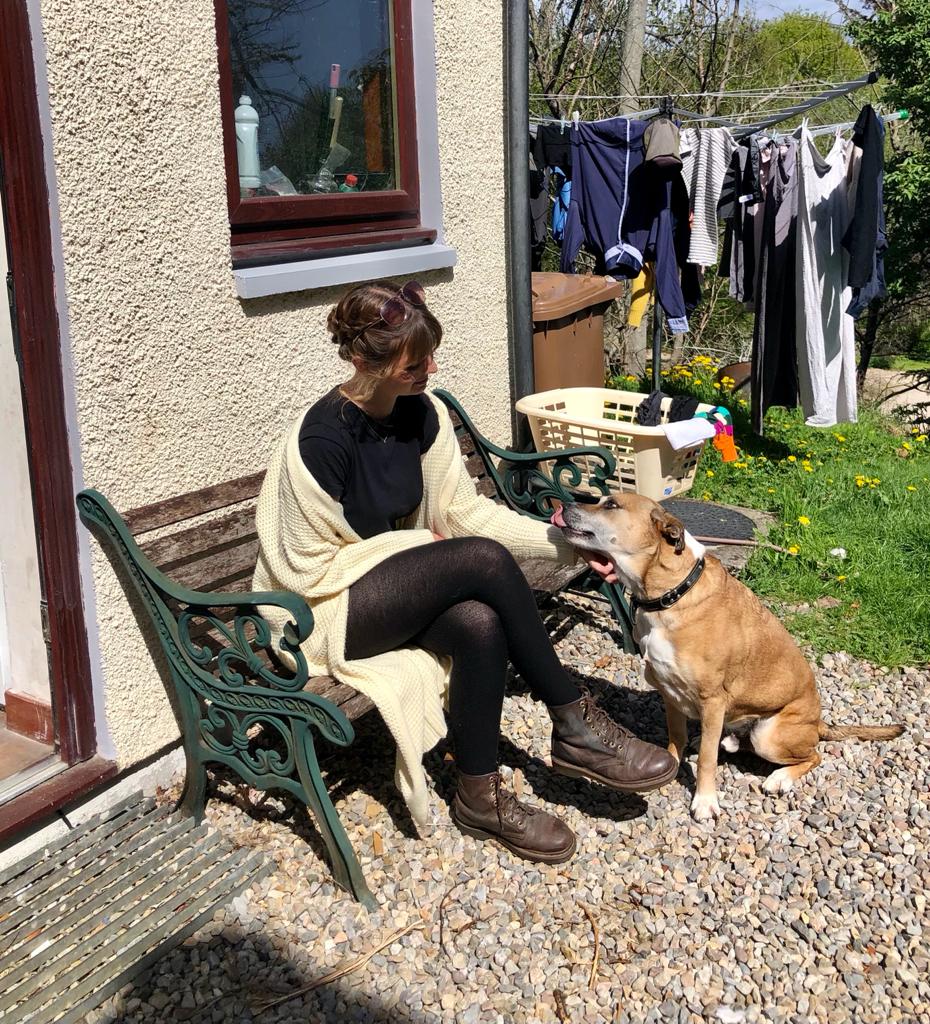
Past Trauma
One bad experience can traumatize a dog for life. Imagine a dog that was attacked by a bigger dog at the park. Even if the physical wounds heal the emotional scars might remain.
Dogs remember past negative experiences and can become wary of other dogs to protect themselves from harm. This fear is especially common in rescue dogs that may have been neglected or abused in their past lives.
Take Bertie, a small Bassett rescue dog belonging to my grandparents. Her lack of social skills make her anxious and fearful. Regular positive interactions with other dogs could have helped Bertie feel more comfortable and confident.
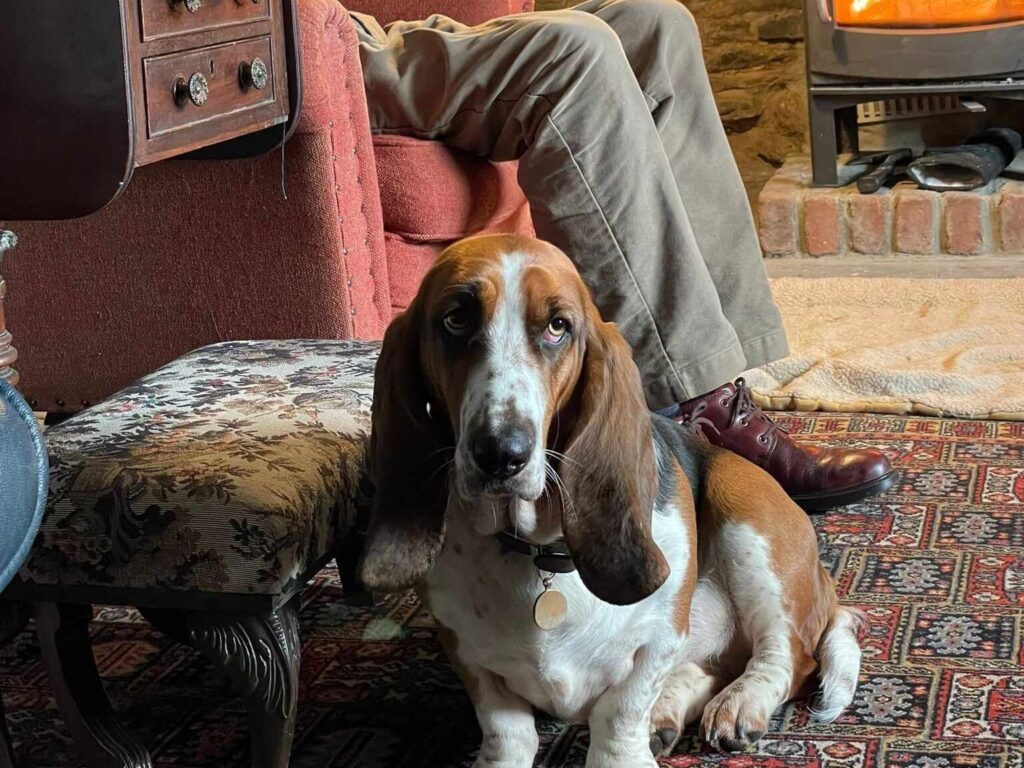
No Socialisation
Dogs that don’t get regular exposure to other dogs can develop social anxiety. If a dog spends most of its time at home without meeting other dogs they might see other dogs as unknown threats. A lack of socialisation can make a dog afraid of other dogs especially in new or uncontrolled environments like dog parks.
Genetic predisposition
Some breeds are naturally more timid or cautious than others. For example small dog breeds may be more prone to anxiety. Knowing your dog’s breed and their typical behavior can help you tailor your approach to managing their fear. Genetics play a big role in a dog’s behavior and understanding this can help you address their fears better.
Chihuahuas for example are known for their nervous nature. If you have a Chihuahua that’s afraid of other dogs it might be partly due to their genetic predisposition. This doesn’t mean they can’t learn to be more confident but it might require more patience and effort from you.
Reading Your Dog’s Body Language
Recognizing fear in your dog’s body language is key. Dogs communicate their emotions through physical cues. Here are some signs that your dog is scared:
A tucked tail is a dead giveaway of fear. It’s like a neon sign flashing “I’m scared!”
When a dog’s ears are back it means anxiety and discomfort.
Lowering their body or crouching means your dog feels threatened.
Dogs that avoid eye contact are showing submission and trying to avoid conflict.
Vocalizations are a way for dogs to express fear and unease.
Knowing these signs will help you recognize when your dog is scared and what to do to comfort them.
Helping Your Dog Overcome Their Fear
Managing your dog’s fear requires patience and the right approach. Here are some ways to help your dog overcome their fear of other dogs:
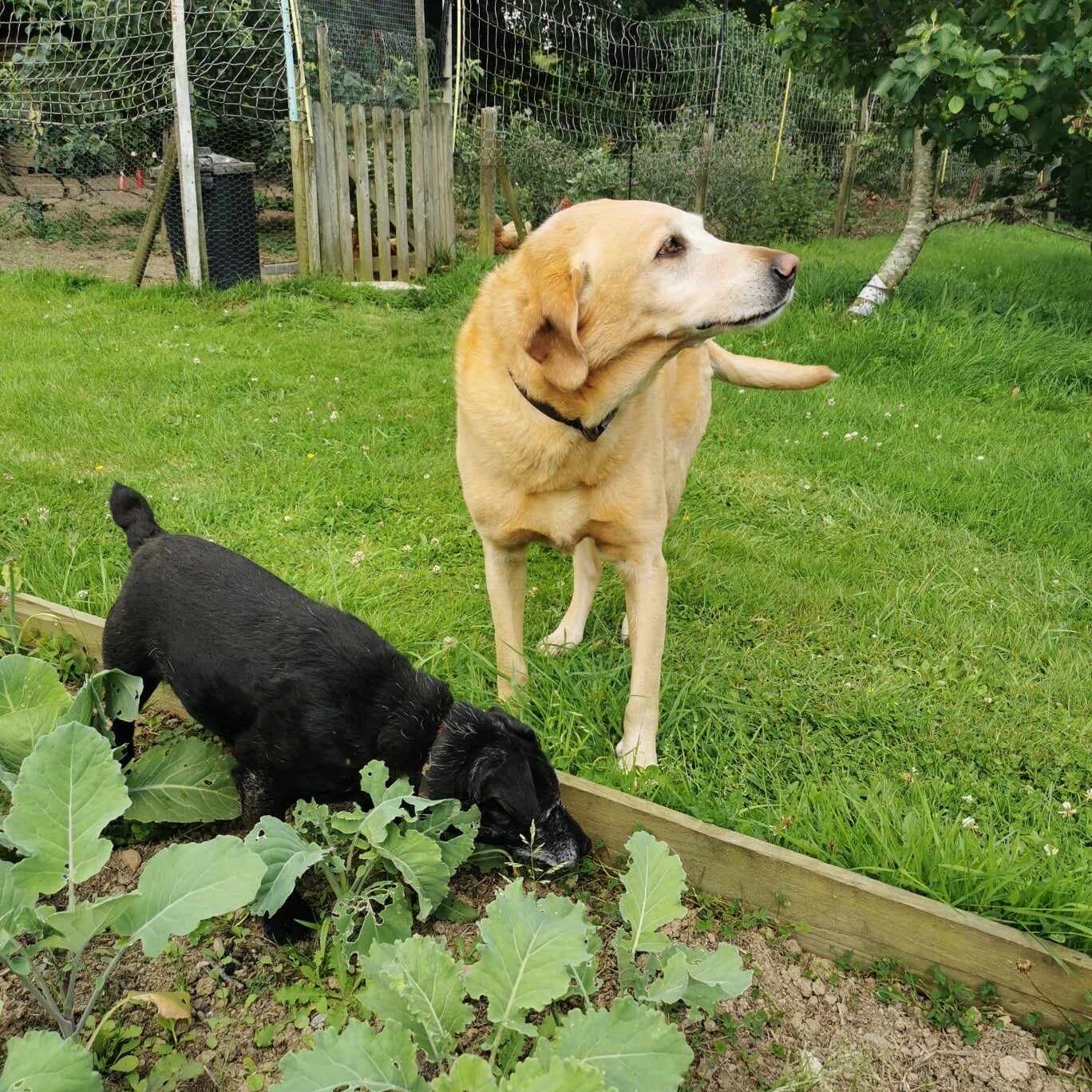
Gradual Exposure To The Other Dog
Gradual exposure also known as desensitization is a method used to help dogs get used to the presence of other dogs. Start by exposing your dog closer to other unfamiliar dogs from a distance where they feel comfortable. Over time gradually decrease the distance.
This slow approach will help your dog get used to other unknown dogs without feeling overwhelmed. For example you might start by walking your dog near a dog park but far enough away that they don’t feel threatened. As they become more comfortable you can move closer.
Take Monty from the above photo who was afraid of other dogs. His owner started by taking him to a park where there were other dogs but kept him at a safe distance. Over weeks they slowly moved closer to the other dogs. With each successful visit Monty’s confidence grew and his fear decreased.
Positive Reinforcement
Positive reinforcement is about rewarding your dog for calm behavior around other dogs. Use treats, praise and affection to reinforce positive experiences and overwriting past experiences.
For example if your dog remains calm when another dog walks by reward them with their favorite treat. This will create a positive association with other dogs and must continue through your dog’s life.
One way is to bring high value treats your dog loves. Each time your dog sees another dog and stays calm give them a treat and lots of praise. Over time your dog will start to associate other dogs with positive outcomes.
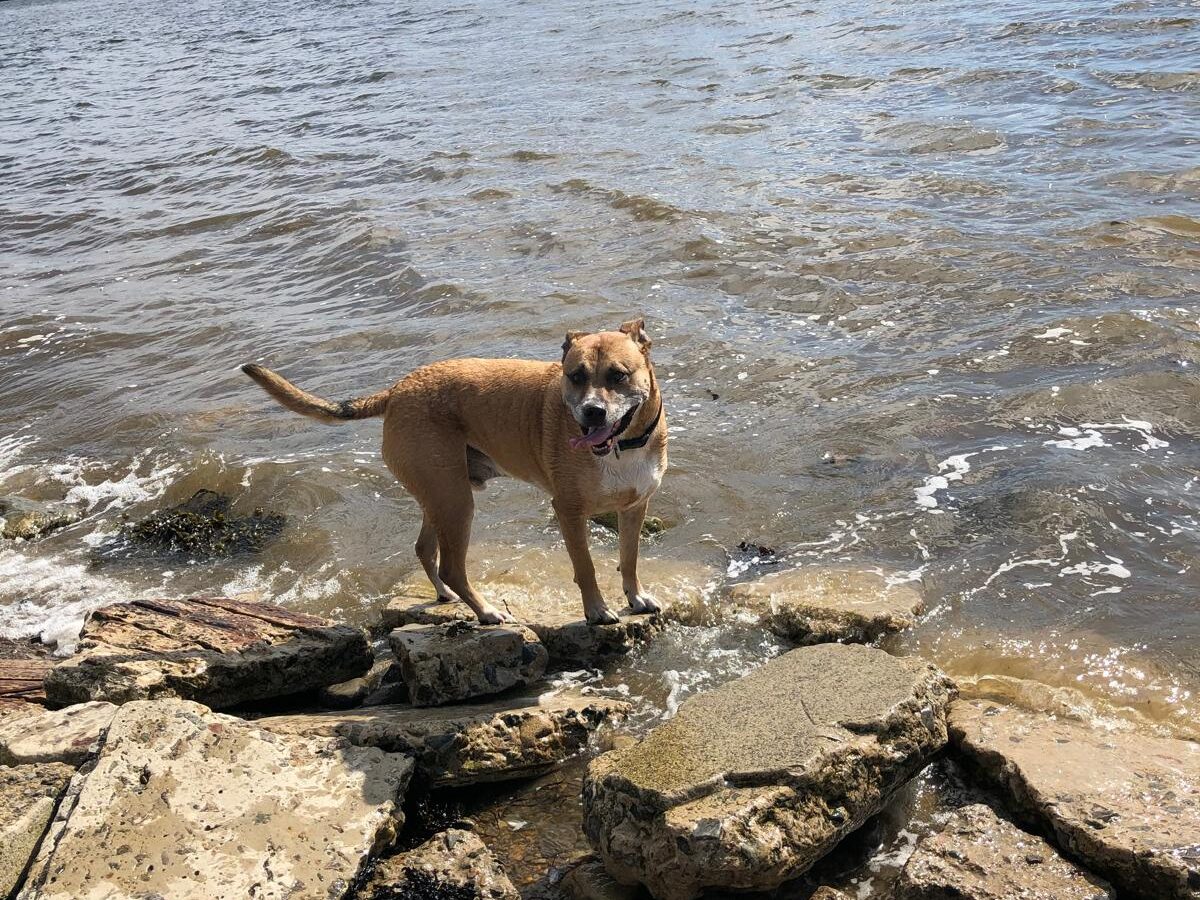
Professional Dog Trainer
If your dog’s fear is severe a professional dog trainer can be a big help. Trainers experienced with fearful dogs can give you personalized guidance and training methods specific to your dog’s needs. They can also help you understand your dog’s fear threshold and work within it to build their confidence.
Trainers use controlled environments to gradually introduce fearful dogs to others, each interaction is positive and reinforces good behavior. This professional approach can make a big difference to your dog’s progress.
Controlled Environment
Creating a controlled environment is key to your dog feeling safe. Avoid dog parks until your dog is more comfortable with dog approaches. Instead arrange play dates with calm well behaved dogs that can help your dog learn social skills in a less stressful environment. Older dogs and small dogs are ideal for this instead of a pup!
For example if your dog is scared of bigger dogs start with playdates with smaller dogs. This will help your dogs learn and feel less threatened and more willing to engage. As your dog’s confidence grows you can introduce them to more dogs.
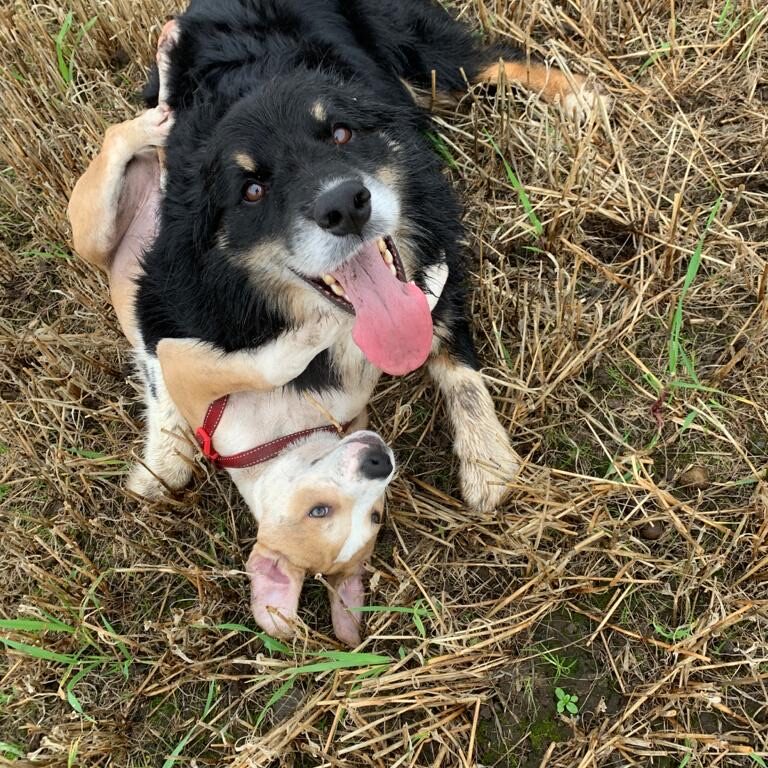
Building Confidence
Building your dog’s confidence around other dogs takes time and patience. Encourage positive interactions and celebrate small wins. Whether it’s a sniff or a wagging tail every positive experience helps your dog feel more comfortable.
Over time these positive experiences will add up and help your dog feel more confident around other canines.
Socialization Classes
Socialization classes are another way to help your dog learn to interact with other canines in a structured and safe environment. These classes can happen, led by professional trainers and will guide and teach you and your dog through the socialization process.
They provide a controlled environment where your dog can practice social skills and build confidence.
These classes will have a variety of dogs so your dog can interact with different sizes, breeds and temperaments. This exposure will help your dog learn not all dogs are a threat and gradually reduce their fear.
Understanding Your Dog’s Threshold
All canines have a threshold for fear—the point at which they become too scared to function normally. By understanding your dog’s threshold you can work to increase their comfort level without pushing them too far too fast.
Pay attention to your dog’s body language and adjust your approach accordingly. For example if your dog starts to show fear increase the distance between them and the other dog until they feel comfortable again.
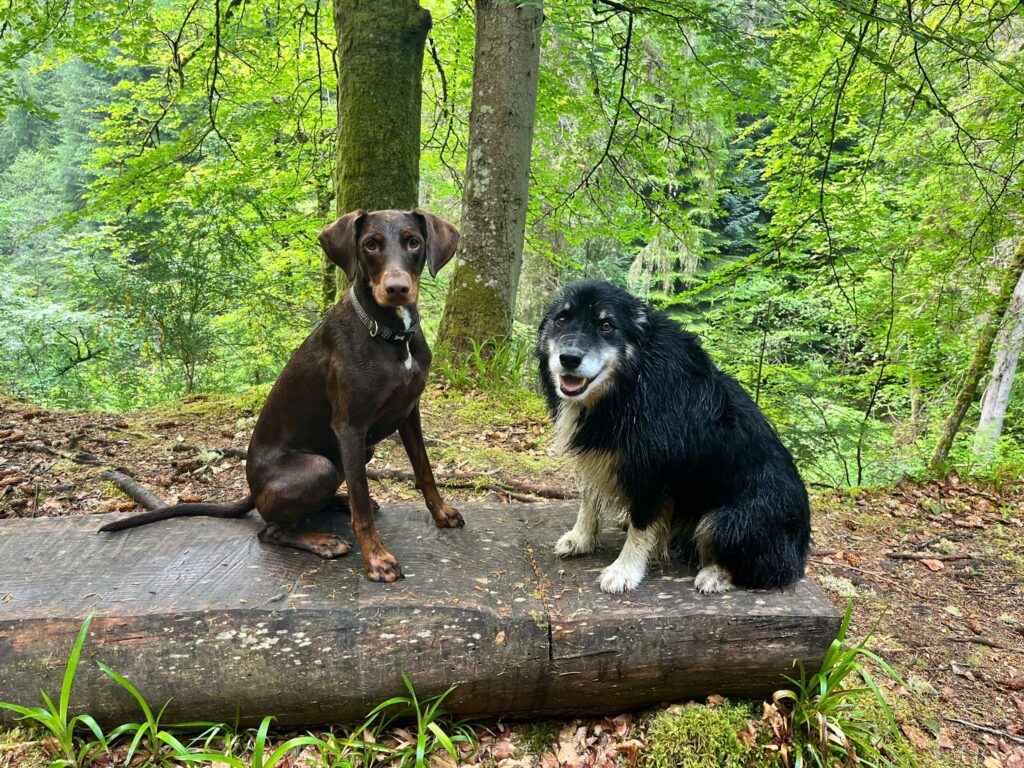
Don’t Force Interactions – Is Your Dog Fearful Of Other Dogs?
Never force your dog to interact with other dogs or animals if they’re not ready. Forcing interactions can make your dog’s fear worse and lead to a negative experience.
Let your dog approach other dogs at their own pace and always provide a space for them to retreat to feel safe if they feel uncomfortable. You must respect your dog’s comfort level and not rush the process.
Forcing your dog into situations where they feel threatened will backfire and lead to increased anxiety and potential aggression. Instead let your dog set the pace and be their safe haven when they need it.
FAQ
How do I stop my dog from being scared of other dogs?
Gradual exposure to other dogs in a controlled and positive environment. Use treats and praise for calm behaviour.
Can you fix a fearful dog?
Yes you can help a fearful dog gain confidence with consistent training, positive reinforcement and patience.
How do I build my dog’s confidence around other dogs?
Gradual exposure, positive reinforcement and positive experiences.
How do I socialize a fearful dog?
Start in controlled environments and gradually introduce your dog to other dogs. Consider professional socialization classes.
Why does my dog whine when they see other dogs?
Because they’re anxious or scared and expressing their discomfort through vocalization.
How do I desensitize an aggressive dog to other dogs?
Gradual exposure, positive reinforcement and potentially work with a professional dog trainer to ensure safety.
The End Bit
Understanding why your dog is scared of other dogs is the first step in helping them overcome their fear. Early life experiences, past negative encounters and lack of socialization can all contribute to your dog’s fear.
By recognizing the signs of fear in your dog’s body language and using techniques like gradual exposure and positive reinforcement you can help your dog build confidence. Professional help from a dog trainer can also be very helpful in this process. Remember patience and consistency is key.
Celebrate small wins and always provide a safe and supportive environment for your dog. With time and effort your dog will learn to enjoy the company of other dogs and their lives—and yours—will be happier.

